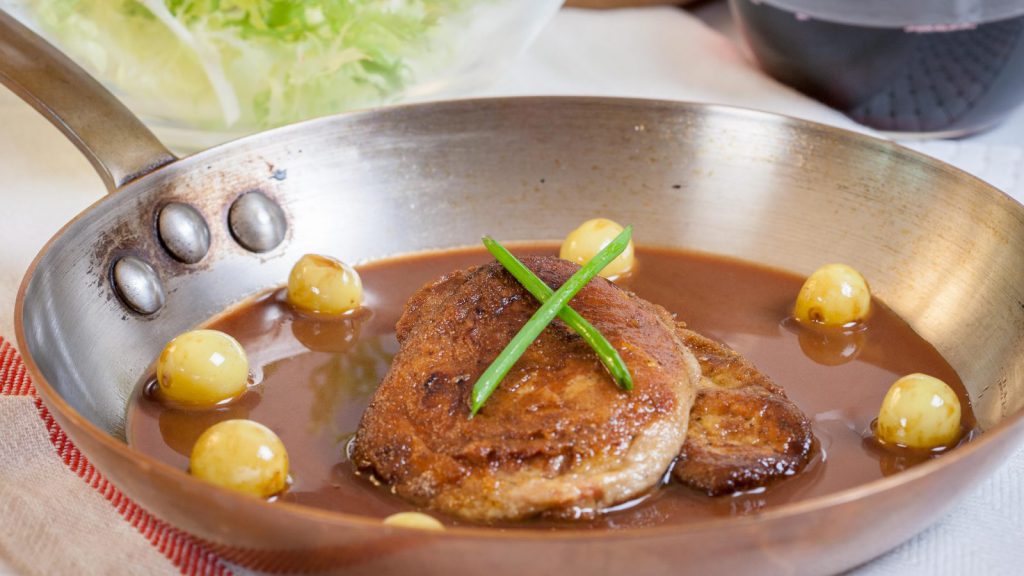
Highly controversial for animal welfare reasons, but a real feast for many gourmets /ˈɡʊəmeɪ,ˈɡɔːmeɪ/: foie gras. What is celebrated in France as a cultural heritage is prohibited by law in other countries. In France, however, the cuisine is a staple at Christmas tables. According to French law, foie gras is defined as the liver of a duck or goose fattened by gavage.
Goose or duck foie gras is a true delicacy among gourmets. Lovers particularly emphasize the melting and mild taste of foie gras. But their production goes hand in hand with a fattening process that arouses many emotions. The animals are forced to have feed pumped into their stomachs via a funnel or tube in order to achieve a high liver weight as quickly as possible. A mashed grain feed is usually used, but white bread or stuffed noodles are also used. The daily procedure is torture for the geese and ducks, which they have to endure until they die from slaughter. Nevertheless, foie gras is one of the oldest and most popular delicacies.
Before it became famous, especially in France, the ancient Egyptians recognized the culinary benefits of foie gras. In the meantime, however, France has been the main producer for a long time and holds a market share of 80 percent. Other producing countries are Spain, Canada, Hungary and Bulgaria. Foie Gras is banned in some countries and in public gatherings in some cities of France.
In many countries, this form of animal fattening is banned by law as it violates the Animal Welfare Act. It is also prohibited in Switzerland, Austria, Poland and Finland. France, however, circumvented its own animal welfare law by declaring foie gras a national and gastronomic heritage in 2005.